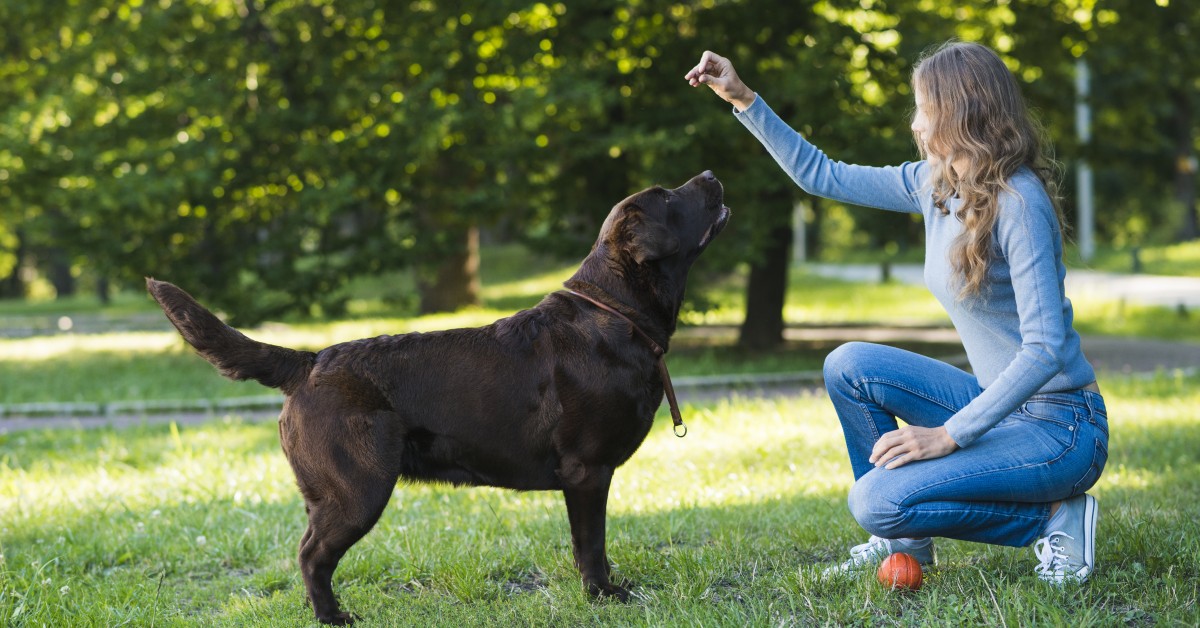Signs and Symptoms of Canine Diabetes
This is becoming more of an issue than most people realize. Here are some signs to monitor in your dog.

Diabetes in dogs is becoming more of an issue than most people think. Because of the increasing incidence of this, there are a few things that you need to monitor your dog for to know whether or not he might have canine diabetes. These symptoms aren’t specific only to diabetes, but may also signal some other health issues that may need your attention. As always, when in doubt, visit your veterinarian to get a thorough exam.
Canine diabetes is a condition in the endocrine system triggered by a deficiency of insulin, or it could also be caused by the body’s inability to respond to this hormone. Studies show that 1 out of every 400 dogs will develop diabetes. This condition could develop as a result of genetics, others have it as an aftermath of other diseases which damaged the pancreas, or it could be a congenital condition. It has also been shown that obesity can be a contributing factor.
Although canine diabetes can affect any breed of dog, any age or sex, female dogs are more susceptible and this is especially true when they reach 6 to 9 years old. Some breeds are also more prone to diabetes, particularly Beagles, Samoyeds, and Terriers.
There is currently no real cure for diabetes. However, there are some treatments that can be given to manage this disease effectively. Some of them include the administration of insulin injections, oral medication, and managing diet and exercise. Your veterinarian may choose to use any one of or a combination of these treatments.
If you happen to notice that your dog has started to drink more water than it normally does, this could be an indicator that they have diabetes. Dogs that drink more water than usual could be showing signs of high blood sugar and they are trying to flush the excess glucose with the water. With excessive water drinking comes excessive urination. You may not notice the water drinking, but you may notice the excessive urination. If your dog exhibits both of these symptoms, you should contact your veterinarian. The sooner this condition is diagnosed and managed, the better for your dog.
If your dog seems to have become lethargic and is napping more than normal, this could also be a sign of high blood sugar levels. If they aren’t moving around as much as they usually do, there is a good chance that the dog will gain weight as well. Another thing you should watch for is your dog constantly eating and being hungry but losing weight. Keeping a close eye on your pet’s weight is one way of preventing diabetes from even starting.
If your dog’s breath has started to take on a sweet smell rather than the usual “dog’s breath” that is normal for canines, then you should be extremely concerned and take it to the vet immediately. This can turn into a full blown attack of ketoacidosis, which is deadly if not treated immediately. If your dog shivers or shakes for no reason, this could be a sign of hypoglycemia, which is low blood sugar, and this can also be as dangerous as high blood sugar for your dog.
Repeated urinary tract infections can also be a sign of diabetes in your pet and should be discussed with your vet. There is also the fact that your dog might not show any of these symptoms at all. Regular blood tests and checkups by your vet will not only give you peace of mind, but will catch any healthy problems early, and treatments can begin sooner.
As pet owners, we have the responsibility to ensure our diabetic dogs get proper treatment so that the condition will not worsen. Many complications take place due to negligence on the owner’s part; therefore, we need to fully understand the responsibility that goes along with taking care of a diabetic dog. This starts with having a basic knowledge on what canine diabetes is all about. Being able to determine the signs and symptoms of diabetes is also just as important because unless we can identify these, we will not be aware that our dog has it, and it may be too late before we realize what’s going on.
Regular visits to the veterinarian will surely help, and it will be easier for the vet to monitor your dog. There are many problems associated with canine diabetes but these are avoidable if we make sure our dog is given correct treatment at the earliest possible moment. This is another reason for you to learn more about this medical condition.
When your dog is diagnosed with diabetes, it is important for you to understand that this is not the end of the world for him. It can be managed, and he can still live a long, full life. Taking care of a diabetic dog may not be the easiest thing in the world, but it is doable.
Ready to start saving money on pet wellness care?
Then take a look at Mint Wellness, the pet wellness plan that provides fast reimbursement on routine pet care. Save on vaccinations, wellness exams, preventatives, dental, and more!
Learn More


